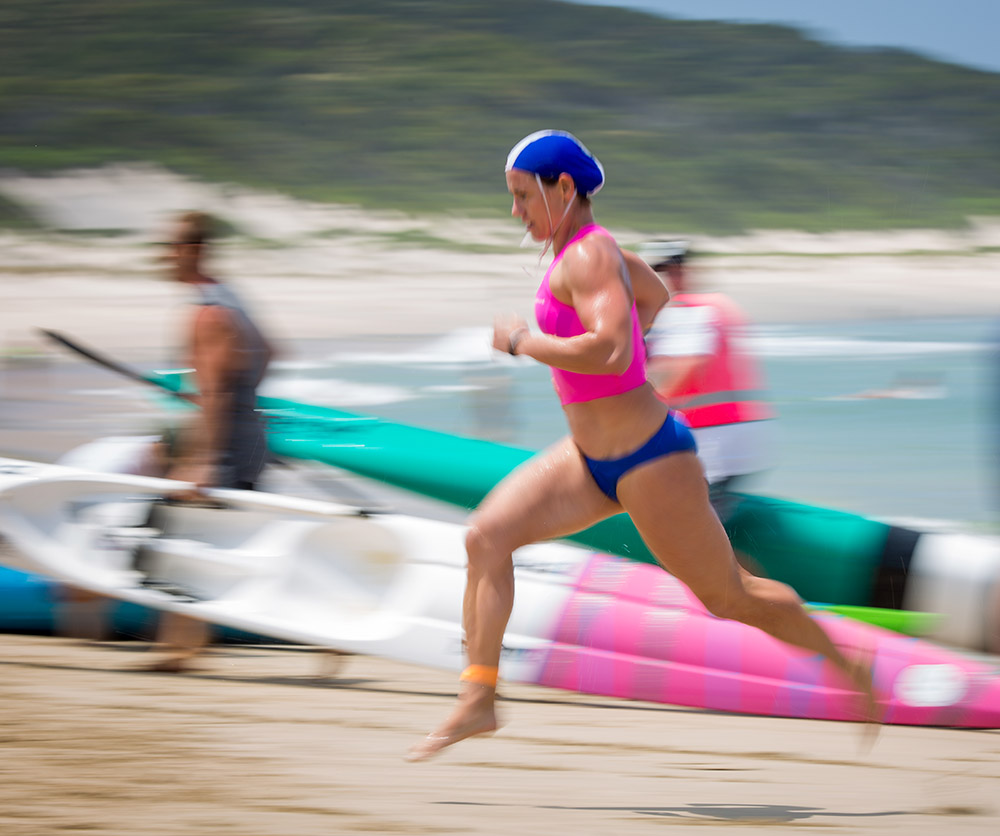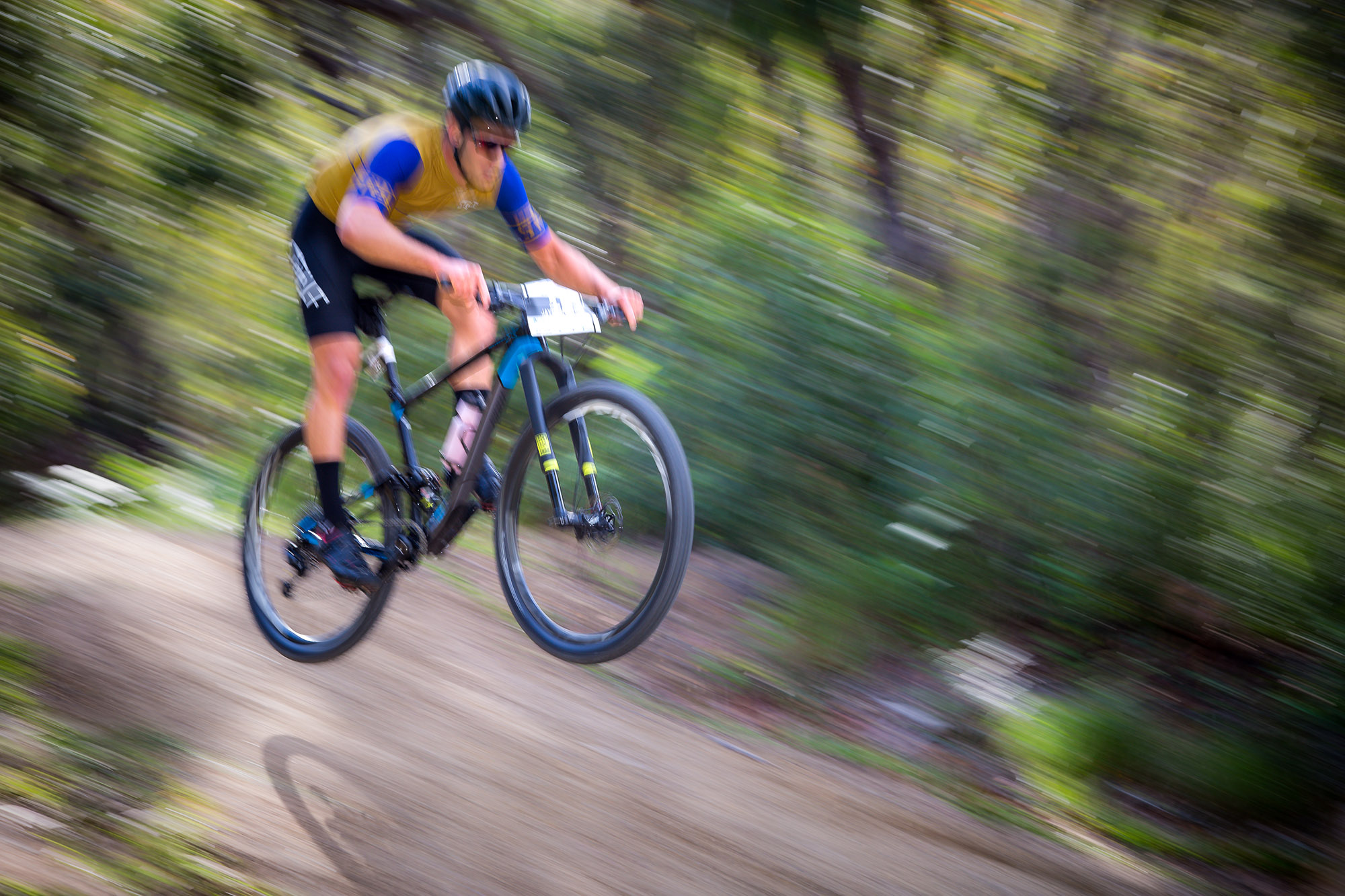How to break shutter speed rules and still create epic images!
What’s the first thing you notice when you look at an image? Is it sharp and in focus or not? Right? It’s one of the main ‘rules’ of photography.
Well, there are times when you don’t want a tack sharp shot. You may want to create images that are intentionally blurred to show motion. Maybe you even want to be creative and use blur or motion to make abstract images. Either way, by breaking these shutter speed rules can help you get the outcome you want.
Make sure you checkout my new in-depth article The Ultimate Guide to Shutter Speed in Photography for more tips and lots of examples of how shutter speed is used in photography.
Action photography and breaking the rules
Here I broke my rule and used a slower shutter speed of 1/40 sec on a 170mm lens (Brent’s rule says use double the shutter speed compared to your focal length, therefore I should have used around 1/300 sec to stop camera movement).
By moving my lens (panning) and following this surf lifesaver as she prints to the finish I add background blurring which gives my image a sense of movement and helps the viewer focus on the subject instead of all the bright and colourful objects in the background.
Broken Rule 1: Panning with slow shutter speed
One way to blur your background and keep your subject mostly in focus is to use what is called the panning technique.
To do this you’ll want to focus on your subject or the area your subject may be moving through. Then, as your subject comes into view, keep your focus on them and move your camera with them or pan along the way in the direction they’re moving.
Panning – using a slower shutter speed to show motion
Here I used a slower shutter speed and a panning motion – following my subject as he jumped and got some air. The shutter speed I used was 1/60 sec on a 64mm lens. Capturing a shot like this requires a pre-focus point because my camera can not focus quick enough with a fast moving subject.
Broken Rule 2: Using fill flash with a slow shutter speed.
Another example of breaking the rules with shutter speed is to use a fill flash. When you use a fill flash it allows you to capture the action and also create enough blur to show movement in the image. The fast burst of the flash will freeze your subject at that moment and by using a slower shutter speed will blur the background. This is called Dragging the Shutter. You may end up with a bit of ghosting around the subject due to their movement, but this can add to the sense of motion in your image.
You’ll need to use a camera that you are able to shoot in manual mode so you have control over the shutter speed and aperture. A flash with TTL will also be required with an off-camera cord or wireless trigger device.
Some of the subjects that work best for this fill flash/slow shutter speed method are dancers, athletes and musicians. You can also produce creative portraits using this method. Your goal here is to show the action.
Action photography with a twist
Normally I shoot action photography at a very fast shutter speed to freeze the action, but sometimes it’s fun to shoot at a slower shutter speed to show movement (blurring). Adding a strobe (flash) will create an image that shows movement (blurring) as well as sharp areas where the flash touched my subject. This is called ‘draggin’ the shutter’ and it’s a very creative way to show action.
Here I used 1/30 sec shutter speed while panning with my subject as he jumped his skateboard over a mini-ramp and did a ‘kick flip’ trick. I chose an aperture of f/8 to allow my flash to illuminate parts of his skateboard, shoes, arms and face. Notice how I set up my exposure to be 1 stops under-exposed for the ambient light so that my background was a little darker than my subject – this allows him to really POP! Shot using a very wide angle lens of 10mm on a crop-sensor camera, equivalent to 15mm on a full-frame camera.
Dragging the shutter
Why would you want to use a slower shutter speeds and fill flash?
Sometimes when you use a flash it creates a dark background behind your subject. When you lower your shutter speed (drag the shutter) you allow the light from around your subject to brighten up the background while your flash lights up/exposes your subject.
Using the flash and dragging the shutter also helps to freeze your subject while still showing motion in the image.
Twirling dancer using slow shutter speed and speedlight
This image comes from my popular course – Mastering Shutter Speed where I photograph a dancer in my studio using the dragging the shutter technique to show movement as well as keeping part of the image sharp. Shot at a slow shutter speed of 1/6 sec and a mid range aperture of f/8.
The Ultimate Guide to Shutter Speed in Photography

Summary
By slowing down your shutter speed, when all the rules and courses tell you to do otherwise, is just another way to be creative with your photography.
- Panning (following your subject) with a slower shutter speed adds movement to your image
- Adding fill flash will freeze part of your subject and using a slower shutter speed will blur parts of your image – adding a creative style to your photography
Related Articles
Did you enjoy this article? Check out these related articles, too:
- The Ultimate Guide to Shutter Speed in Photography
Shutter Speed and Photography: Everything You’ve Ever Wanted to Know - Shutter Speed in Photography (examples)
- Rules For Shutter Speeds
Typical rules for using shutter speeds in photography
Do This Now
Please leave me a comment below – I’d love to know what you think. Brent





I use panning at air shows, where the background is usually sky/clouds, but will definitely try it with more earthbound subjects. Thanks.
Thanks Ian – yes aircraft are difficult to shoot
Thank you so much sir!
My pleasure
Very helpful, especially with the photographs. I enjoy panning moving subjects and also use swiping for stationary ones. Thanks for sharing your expertise.
Panning is fun – thanks Shirley
Looks fun to try! I’ve been looking for a way to capture
my cat in mid air as she jumps for a toy on a string.
Thanks for generously sharing your expertise.
Kerrie Barnett
NSW
Thanks Kerrie